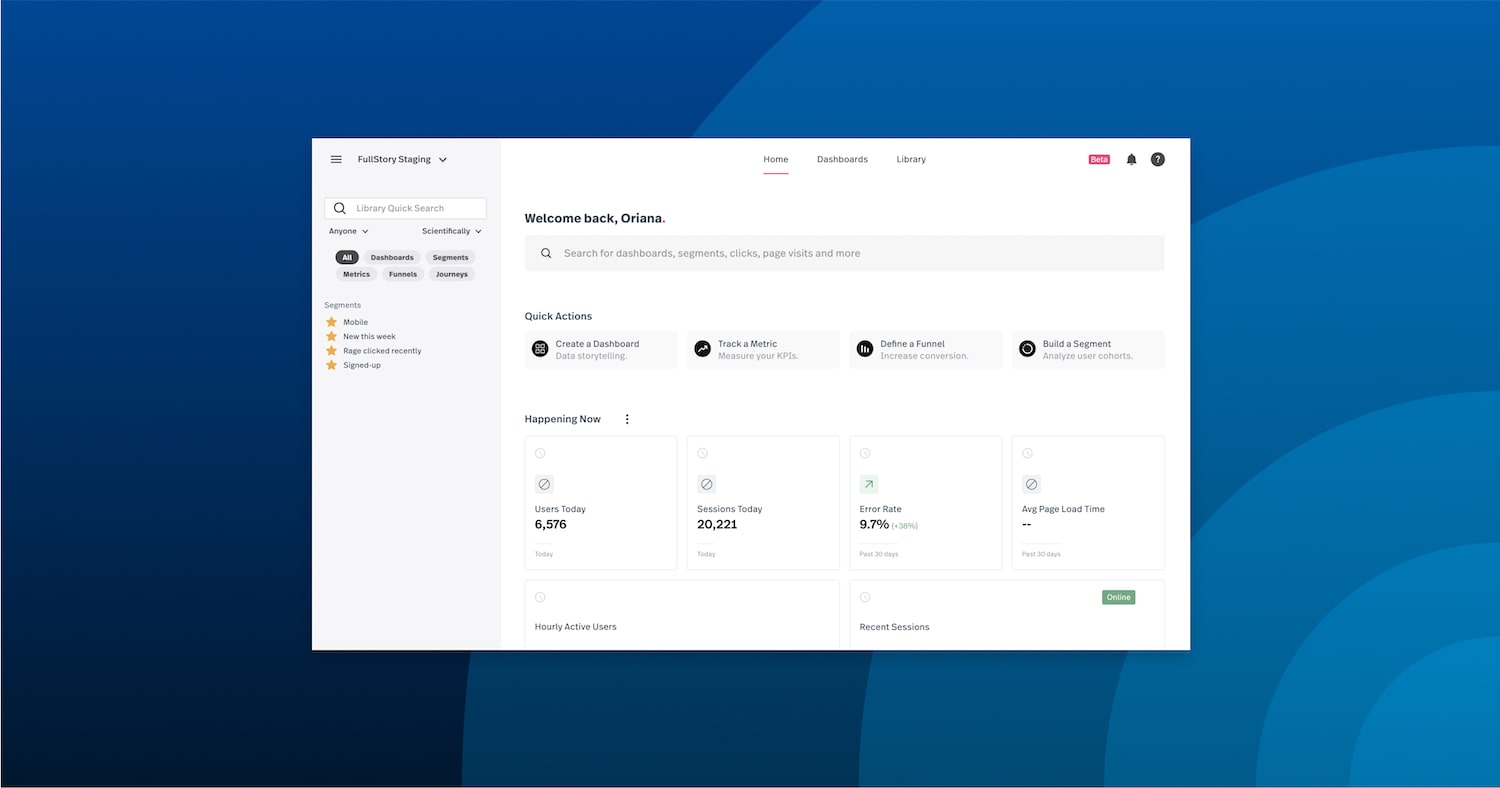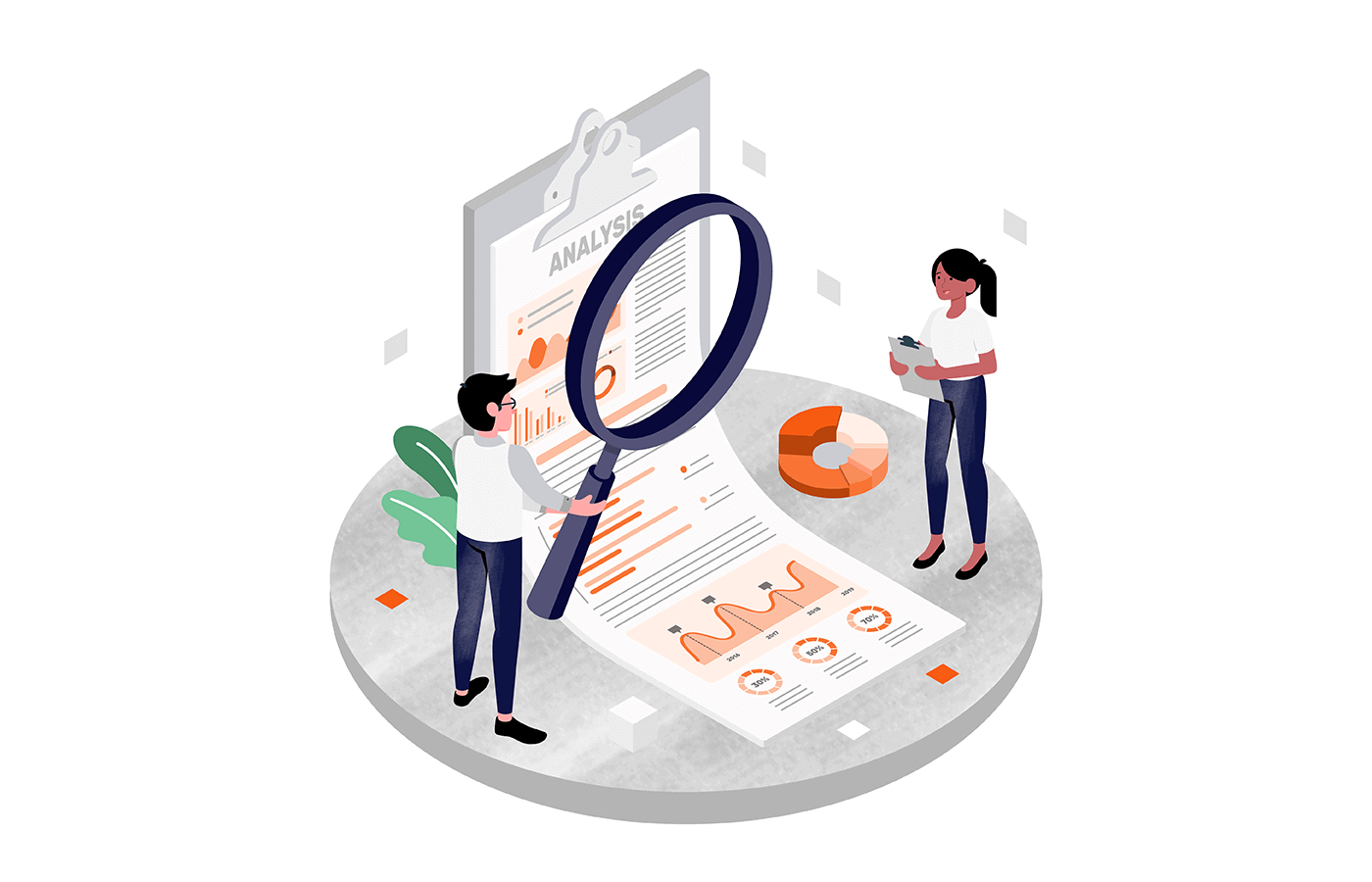Leverage Predictive Analytics for Future-Ready Choices
Leverage Predictive Analytics for Future-Ready Choices
Blog Article
Transform Data Into Decisions With Powerful Analytics Solutions
In today's data-driven landscape, companies deal with the difficulty of transforming large quantities of information right into actionable insights. Effective analytics services use the ways to navigate this intricacy, allowing organizations to employ different methods that expose underlying trends and forecast future problems. As companies significantly depend on these data-driven methodologies, the possibility for enhanced decision-making emerges. The application of these services raises vital questions about finest practices and the tangible advantages that can be derived. What methods can companies embrace to guarantee they are optimizing their analytical capabilities?
Recognizing Analytics Solutions
In today's data-driven landscape, several companies look for to leverage analytics options to boost decision-making and drive calculated initiatives. Analytics services include a large range of devices and techniques created to assess data, extract insights, and support notified decision-making. These remedies can be classified right into detailed, analysis, anticipating, and prescriptive analytics, each serving a distinct objective in the information evaluation process.
Descriptive analytics concentrates on summing up historic data to identify patterns and patterns, providing a fundamental understanding of past performance. Diagnostic analytics goes an action further by examining the reasons behind these patterns, using much deeper understandings right into impacts and reasons. Predictive analytics uses analytical models and artificial intelligence techniques to anticipate future results based on historical data, making it possible for organizations to prepare for market changes and customer habits.
Last but not least, prescriptive analytics advises activities based on anticipating insights, helping companies make informed choices that straighten with their critical objectives. As companies increasingly acknowledge the value of information, recognizing these different types of analytics remedies comes to be crucial for utilizing their complete capacity. By effectively applying these remedies, companies can change raw data into actionable insights that educate their business strategies and enhance overall performance.
Key Advantages of Information Analytics
Using the power of information analytics offers organizations a wide variety of benefits that can substantially improve their operational effectiveness and competitive benefit. Among the key benefits is enhanced decision-making. By transforming raw information right into workable insights, companies can make informed selections that align with their strategic objectives.
Furthermore, data analytics enables companies to recognize patterns and patterns that might not be instantly evident. This insight enables services to prepare for market demands, maximize source allocation, and minimize threats efficiently. Additionally, boosted customer insights stemmed from information analytics empower organizations to customize their solutions and items, leading to increased customer contentment and commitment.
Expense decrease is one more essential advantage, as analytics can improve procedures and determine inefficiencies, resulting in improved efficiency. Organizations can take advantage of anticipating analytics to anticipate future end results, promoting positive methods rather than reactive actions.
Eventually, the integration of data analytics cultivates a culture of continuous improvement, urging companies to improve procedures and introduce. By embracing information analytics, companies not only enhance their operational abilities but also position themselves as leaders in their respective industries, ready to grow and adapt in a vibrant organization environment.
Types of Analytics Strategies
Data analytics strategies are frequently categorized right into four main kinds: descriptive, diagnostic, anticipating, and prescriptive analytics. Each of these methods serves an unique purpose in the information evaluation procedure, making it possible for companies to extract purposeful understandings.
Descriptive analytics concentrates on summing up historic information to recognize patterns and fads. It supplies a clear overview of what has actually happened, often making use of metrics such as percents and averages to notify stakeholders.
Diagnostic analytics goes an action even more by exploring the reasons behind previous outcomes. This strategy utilizes strategies such as data mining and correlation evaluation to uncover relationships and aspects that may have affected outcomes.
Anticipating analytics leverages statistical models and maker discovering formulas to anticipate future events based upon historic information. Organizations can anticipate patterns and habits, assisting in aggressive decision-making and risk administration.
Lastly, prescriptive analytics recommends activities based upon data insights, aiding companies enhance procedures and resource allocation. By replicating numerous situations, this technique identifies Go Here the most effective strategy, inevitably directing strategic planning.
With each other, these analytics types make it possible for organizations to change raw information into workable understandings, promoting notified decision-making and driving functional performance.
Carrying Out Analytics in Business
Efficient application of analytics in organization is crucial for getting an one-upmanship in today's data-driven landscape. Analytics. To efficiently incorporate analytics right into procedures, companies should first determine clear objectives that line up with their tactical goals. Establishing certain, quantifiable results ensures that analytics efforts directly add to organization performance
Following, purchasing the best modern technology is important. Organizations must evaluate their existing data framework and select analytics devices that help with data collection, processing, and visualization. This includes utilizing innovative innovations such as artificial intelligence and artificial intelligence to improve predictive capabilities.
In addition, cultivating a data-driven society within the organization is crucial. This entails training workers to understand and make use of analytics tools effectively, enabling them to make educated decisions based on helpful site data insights. Leadership must motivate cooperation among departments to make certain that analytics efforts are integrated across all service functions.
Study of Successful Analytics
Successful analytics implementation can be observed through different study that show the transformative effect of data-driven decision-making. One remarkable example is Netflix, which utilizes sophisticated predictive analytics to examine audience preferences and viewing patterns. By leveraging this data, Netflix has efficiently customized its material offerings, resulting in boosted customer engagement and membership development.
Another compelling situation is that of Starbucks, which took on location-based analytics to enhance its store positionings (Analytics). By assessing group information, client habits, and market patterns, Starbucks tactically placed brand-new shops to make best use of foot traffic and productivity. This data-driven technique has actually considerably improved its market existence

These situation studies highlight that when organizations harness the power of analytics, they can make enlightened choices that drive growth, improve customer fulfillment, and improve operational performances. As even more organizations recognize the importance of data-driven techniques, the capacity for transformative end results remains to broaden, leading the way for cutting-edge services throughout industries.
Conclusion
In final thought, the assimilation of powerful analytics remedies transforms data right into workable understandings, substantially boosting business decision-making procedures. By using various analytics techniques, organizations can uncover useful fads, identify inefficiencies, and predict future outcomes.
Predictive analytics uses statistical models and device learning strategies to anticipate future results based on historical data, enabling companies to prepare for market changes and client behavior.

Organizations needs to evaluate their present information infrastructure Read Full Report and pick analytics tools that facilitate data collection, handling, and visualization.
Report this page